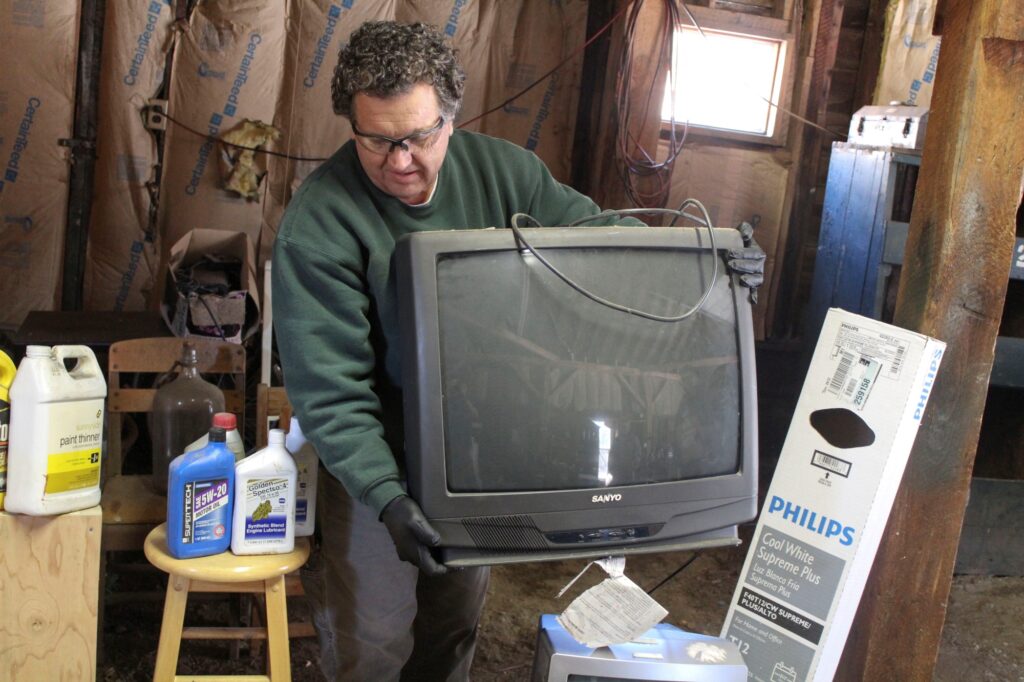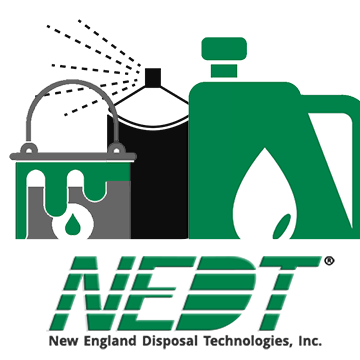The march of technology waits for no household. Whether you’ve got an old tube TV from the 90s or a smartphone from 2020 sitting in a drawer “just in case,” it’s long past time to get rid of legacy electronics you’re not using. Learn more about these types of products, why they are difficult to dispose of, but you should get them out of the house, and the options available to you. Reclaim your space by finally dealing with old electronics today.
Common Old Electronics
As electronics can’t be thrown in the trash, it’s easy to let them pile up. Between wanting to free up room and avoid the hazards (see below), these are the most common culprits:
- CRT “Tube” Televisions: CRT or Cathode Ray Tube Televisions are bulky, heavy, and, between their lead content and the ability to hold their voltage for long periods, potentially hazardous.
- VCRs & Entertainment Systems: These electronics from a bygone age (which nowadays can also include DVD players) contain electronic components that make them hard to get rid of.
- Computers and Monitors: Old computers, including both desktops and laptops, old monitors (including CRT monitors), and other peripherals all take up space.
- Old Smartphones & Cellphones: Just upgraded? You may have a pile of old smartphones, flip phones, and other cellphones you’ve held on to for a rainy day. It’s time to let go.
- Early Flatscreens: While less volatile than CRT TVs, flatscreens, especially earlier models, contain many types of hazardous materials, including mercury.
Hazardous Waste in Electronics
Collectively known as eWaste, there are many electronic components that contain hazardous materials—most commonly heavy metals. Learn more about them below.
- Lead: This heavy metal can be found in many old electronics and batteries, especially older models. If you have a CRT monitor (see below), it contains a large amount of lead.
- Mercury: A liquid heavy metal, mercury can be found in electronics, both in monitors and in mercury switches, which are often found in laptop computers.
- Cadmium: A heavy metal found in rechargeable computer batteries, contacts, and switches.
- Lithium: Found in smartphones and other high-power-capacity batteries and electronics, lithium batteries can react to both water and shock by heating up—enough to start fires.
All of these metals pose both health and environmental dangers, including leaching into the soil and groundwater. Learn more in our blog, Heavy Metal Hazards in Household Waste.
How NEDT Handles eWaste
At NEDT, we handle eWaste of all types, including the ones listed above. Our team works with disposal and recycling facilities from all around New England to make sure these old electronics are handled and disposed of properly. When you pull up to one of our collection centers or schedule a home pick-up, we’ll ensure that the entire process is quick and easy. Contact us if you have any questions, and make sure to check out our Fact Sheets for more in-depth explainers and MA-based disposal options.




Leave a Reply